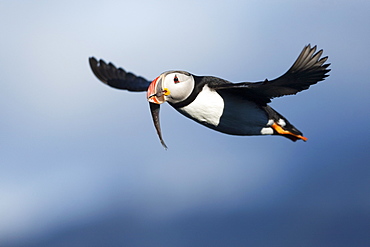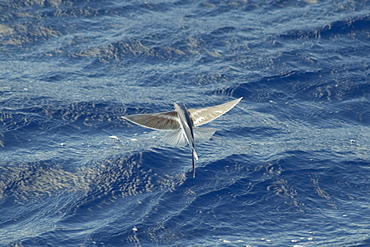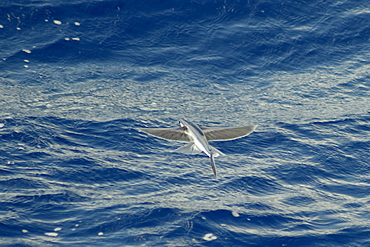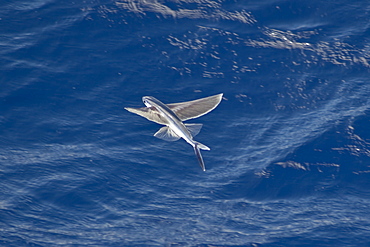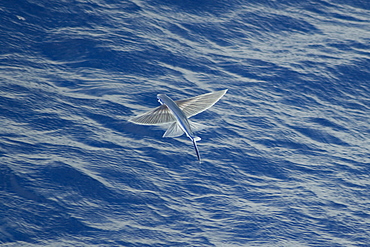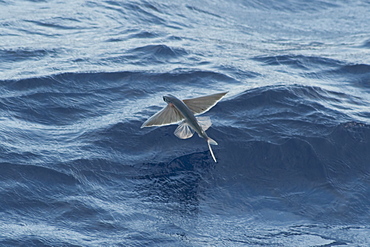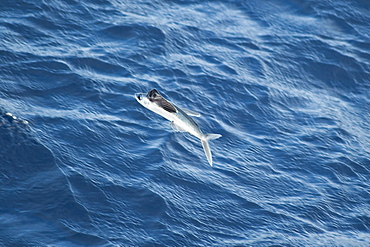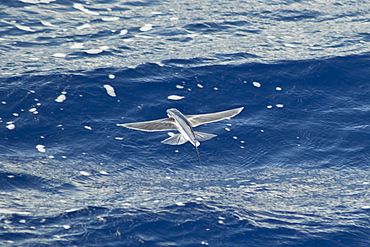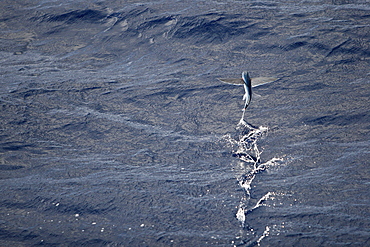Results
4 results found
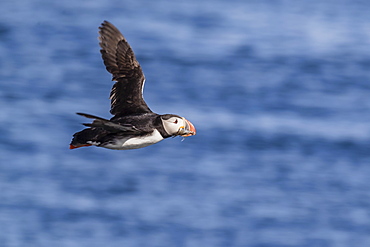
Adult Atlantic puffin (Fratercula arctica) in flight with fish in its bill, Snaefellsnes Peninsula, Iceland, Polar Regions
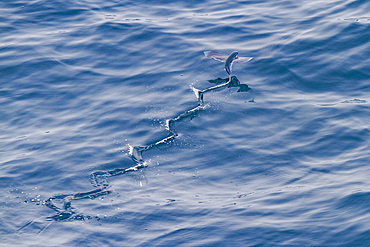
Flying fish from the family Exocoetidae take flight as the ship flushes them just off Ascension Island in the southern tropical Atlantic Ocean, South Atlantic Ocean

Flying fish from the family Exocoetidae take flight as the ship flushes them just off Ascension Island in the southern tropical Atlantic Ocean, South Atlantic Ocean
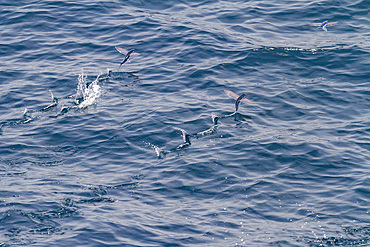
Flying fish from the family Exocoetidae take flight as the ship flushes them just off Ascension Island in the southern tropical Atlantic Ocean, South Atlantic Ocean
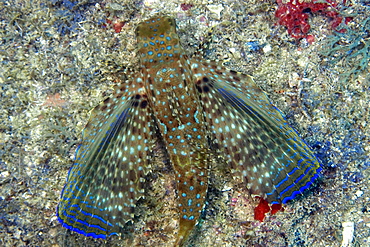
Flying gurnard (Dactylopterus volitans), Ilha Escalvada, Guarapari, Espirito Santo, Brazil, South America

Flying gurnard (Dactylopterus volitans), Ilha Escalvada, Guarapari, Espirito Santo, Brazil, South America
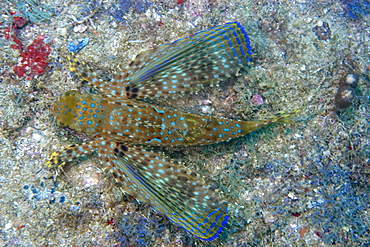
Flying gurnard (Dactylopterus volitans), Ilha Escalvada, Guarapari, Espirito Santo, Brazil, South America

Atlantic flying fish (Cypselurus melanurus) fleeing the bow and taking flight for safety near Ascension Island in the Atlantic Ocean.
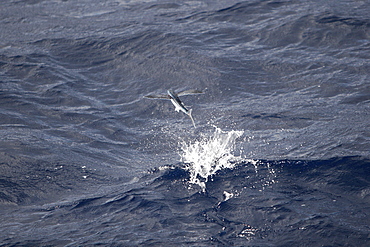
Atlantic flying fish (Cypselurus melanurus) fleeing the bow and taking flight for safety near Ascension Island in the Atlantic Ocean.
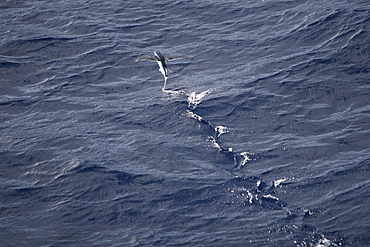
Atlantic flying fish (Cypselurus melanurus) fleeing the bow and taking flight for safety near Ascension Island in the Atlantic Ocean.
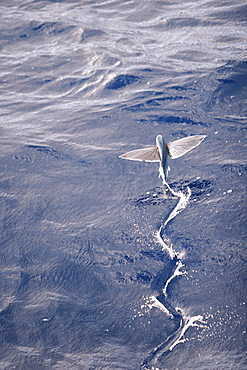
Atlantic flying fish (Cypselurus melanurus) fleeing the bow and taking flight for safety near Ascension Island in the Atlantic Ocean.
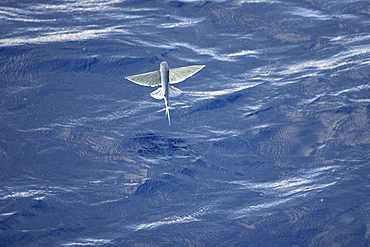
Atlantic flying fish (Cypselurus melanurus) fleeing the bow and taking flight for safety near Ascension Island in the Atlantic Ocean.

Atlantic flying fish (Cypselurus melanurus) fleeing the bow and taking flight for safety near Ascension Island in the Atlantic Ocean.
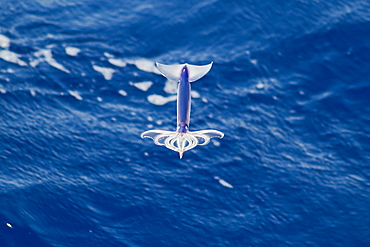
Flying Squid Species in mid-air, roughly 100 nm North of Tristan Da Cunha, South Atlantic Ocean. Flying Squid use membranes between their tentacles (visible on pic) & two fins at the rear of the mantle to glide through the air in a similar way to flying fish.

Flying Fish Species (scientific name unknown) rare unusual image, in mid-air. South Atlantic Ocean. MORE INFO: Note the trail on the surface of the water made by its tail.

Flying Squid Species in mid-air (Ommastrephes bartramii). Extremely rare unusual image. South Atlantic Ocean. MORE INFO: Flying Squid use membranes between their tentacles (visible on pic) & two fins at the rear of the mantle to glide through the air in a similar way to flying fish. These unique adaptations allow them to avoid predation more easily. Ommastrephid squids are among the strongest swimmers in the Cephalopoda. A number of species are fished commercially. This particular species (Ommastrephes bartramii), is commonly known as "Neon Flying Squid" due to its colouration and its ability to glide over the ocean surface as seen in the photographs. Please note that this is a genuine image of a wild animal in its natural environment. It is not a digital manipulation.
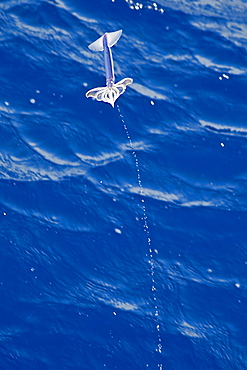
Flying Squid Species in mid-air leaving a water trail behind it, roughly 100 nm North of Tristan Da Cunha, South Atlantic Ocean. Flying Squid use membranes between their tentacles (visible on pic) & two fins at the rear of the mantle to glide through the air in a similar way to flying fish.
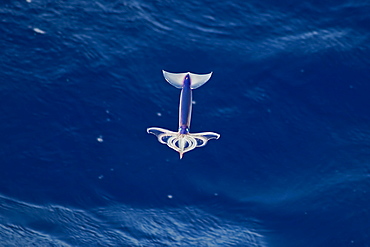
Flying Squid Species in mid-air, roughly 100 nm North of Tristan Da Cunha, South Atlantic Ocean. Flying Squid use membranes between their tentacles (visible on pic) & two fins at the rear of the mantle to glide through the air in a similar way to flying fish.
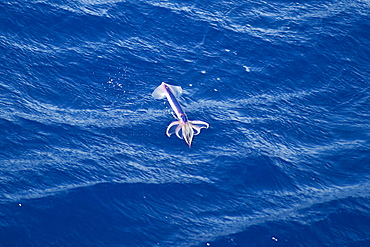
Flying Squid Species in mid-air, roughly 100 nm North of Tristan Da Cunha, South Atlantic Ocean. Flying Squid use membranes between their tentacles (visible on pic) & two fins at the rear of the mantle to glide through the air in a similar way to flying fish.
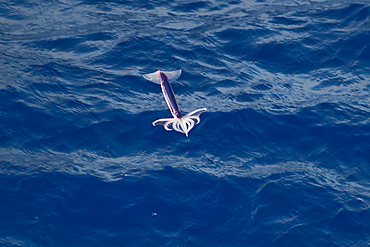
Flying Squid Species in mid-air (Ommastrephes bartramii). Extremely rare unusual image. South Atlantic Ocean. MORE INFO: Flying Squid use membranes between their tentacles (visible on pic) & two fins at the rear of the mantle to glide through the air in a similar way to flying fish. These unique adaptations allow them to avoid predation more easily. Ommastrephid squids are among the strongest swimmers in the Cephalopoda. A number of species are fished commercially. This particular species (Ommastrephes bartramii), is commonly known as "Neon Flying Squid" due to its colouration and its ability to glide over the ocean surface as seen in the photographs. Please note that this is a genuine image of a wild animal in its natural environment. It is not a digital manipulation.
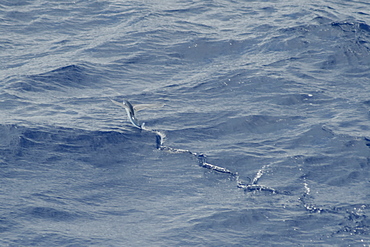
Flying Fish Species, note the trail on the surface of the water made by its tail, South Atlantic Ocean.
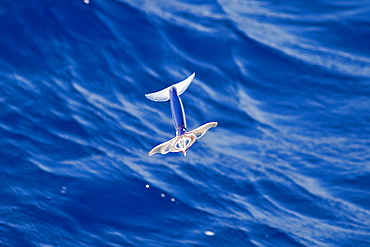
Flying Squid Species in mid-air, roughly 100 nm North of Tristan Da Cunha, South Atlantic Ocean. Flying Squid use membranes between their tentacles (visible on pic) & two fins at the rear of the mantle to glide through the air in a similar way to flying fish.
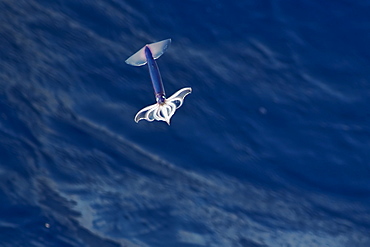
Flying Squid Species in mid-air (Ommastrephes bartramii). Extremely rare unusual image. South Atlantic Ocean. MORE INFO: Flying Squid use membranes between their tentacles (visible on pic) & two fins at the rear of the mantle to glide through the air in a similar way to flying fish. These unique adaptations allow them to avoid predation more easily. Ommastrephid squids are among the strongest swimmers in the Cephalopoda. A number of species are fished commercially. This particular species (Ommastrephes bartramii), is commonly known as "Neon Flying Squid" due to its colouration and its ability to glide over the ocean surface as seen in the photographs. Please note that this is a genuine image of a wild animal in its natural environment. It is not a digital manipulation.
